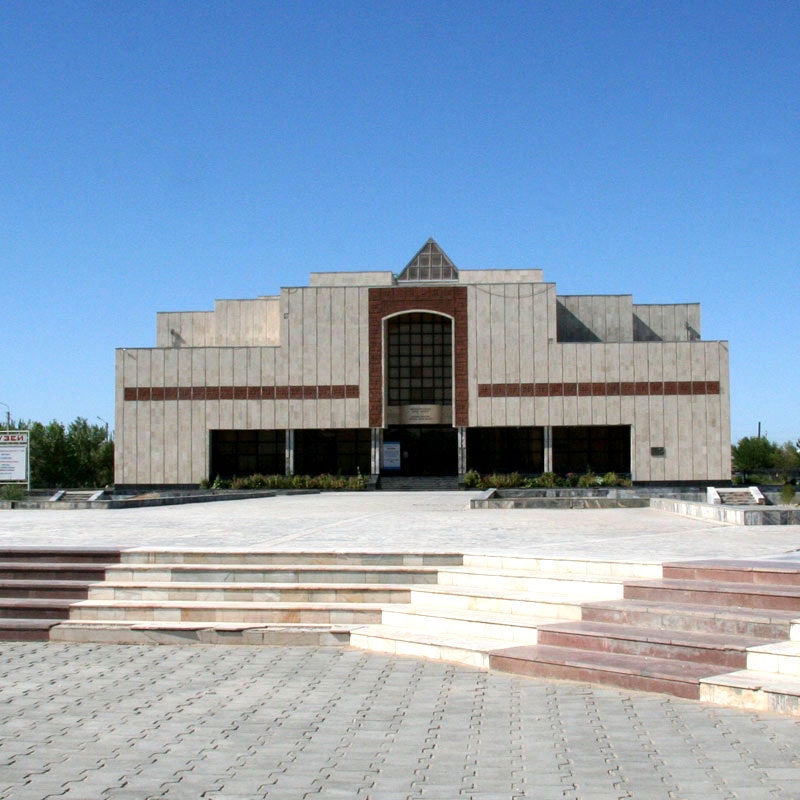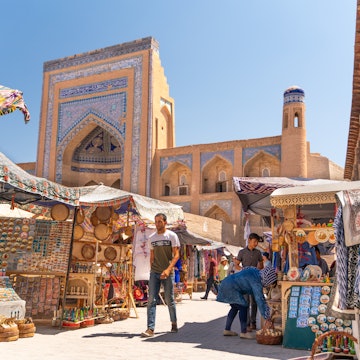

©Marina Sorokina/500px
Overview
The region’s cradle of culture for more than two millennia, Uzbekistan is the proud home to a spellbinding arsenal of architecture and ancient cities, all deeply infused with the bloody, fascinating history of the Silk Road. In terms of sights alone, Uzbekistan is Central Asia's biggest draw and most impressive showstopper.
Must-see attractions
Planning Tools
Expert guidance to help you plan your trip
Best Things to Do
From skiing and wine-tasting to exploring the historic cities of the Silk Road, you’ll never be short of things to do in Uzbekistan.
Read full article
Best Places to Visit
Uzbekistan is the romance of the Silk Road condensed into a country. Here are the top places to visit.
Read full article
Best Time to Visit
Uzbekistan is alive with bazaars, crafts and festivals throughout the year – this seasonal guide breaks down what's best for any month you visit.
Read full article
Transportation
You'll find many transportation options here, from the stunningly opulent metro to overnight trains across the Central Asian steppe.
Read full article
Visa Requirements
It’s never been easier to travel to Uzbekistan, and if you need a visa, these tips will help you secure one.
Read full article
Money and Costs
Uzbekistan is one of Asia’s most affordable destinations: Traveling the Silk Road promises nature, culture, food, winter sports and architecture on a budget.
Read full article
Traveling with Kids
Uzbekistan has an exciting, eclectic combination of things for you and your kids to see and do.
Read full article
Best Road Trips
People have been road-tripping through Uzbekistan for millennia, but cars have replaced camels on its ancient Silk Roads. Try these memorable road trips.
Read full article
Spending Diaries
A bucket-list trip to Central Asia for €2400 – and worth every cent.
Read full article


















